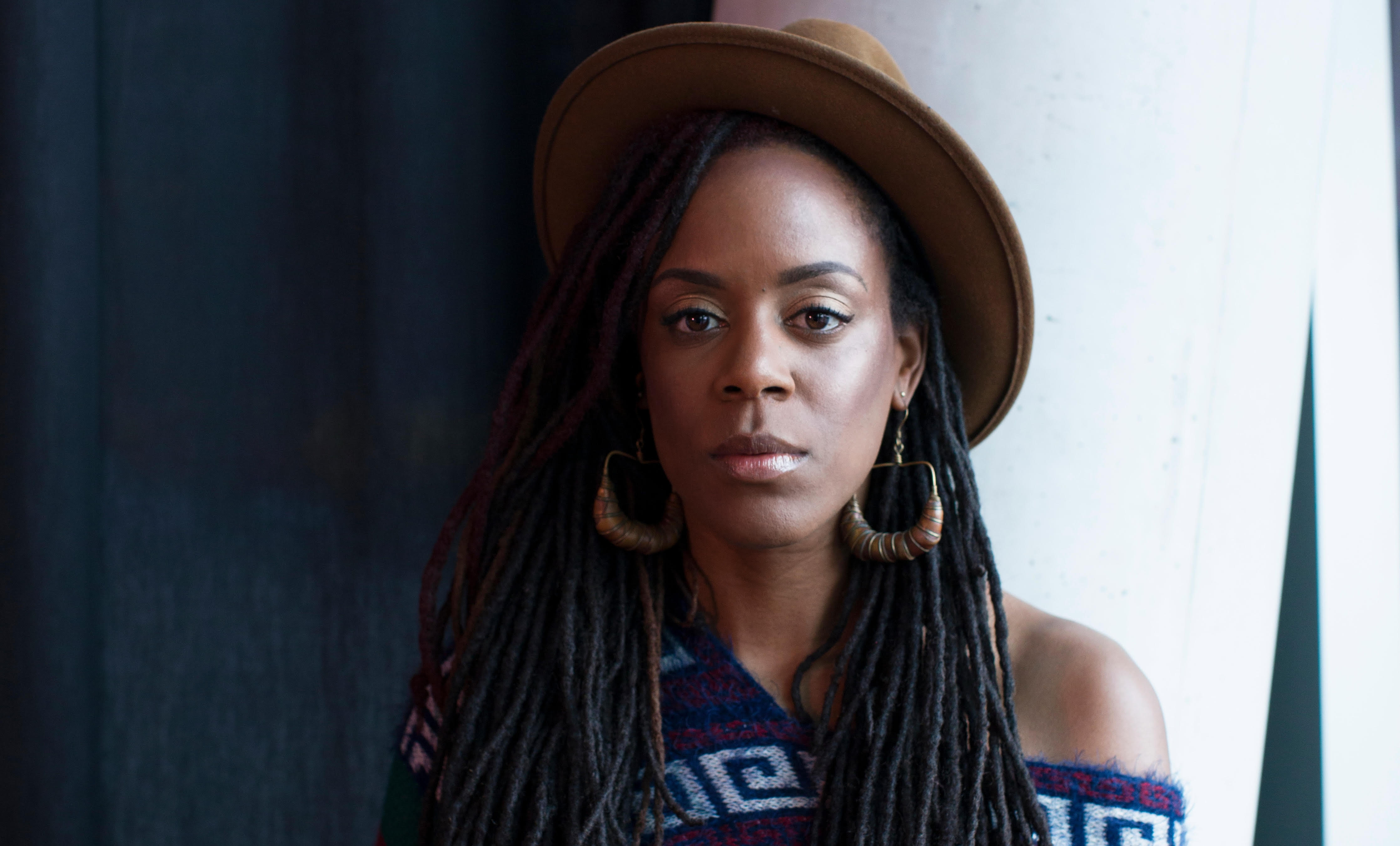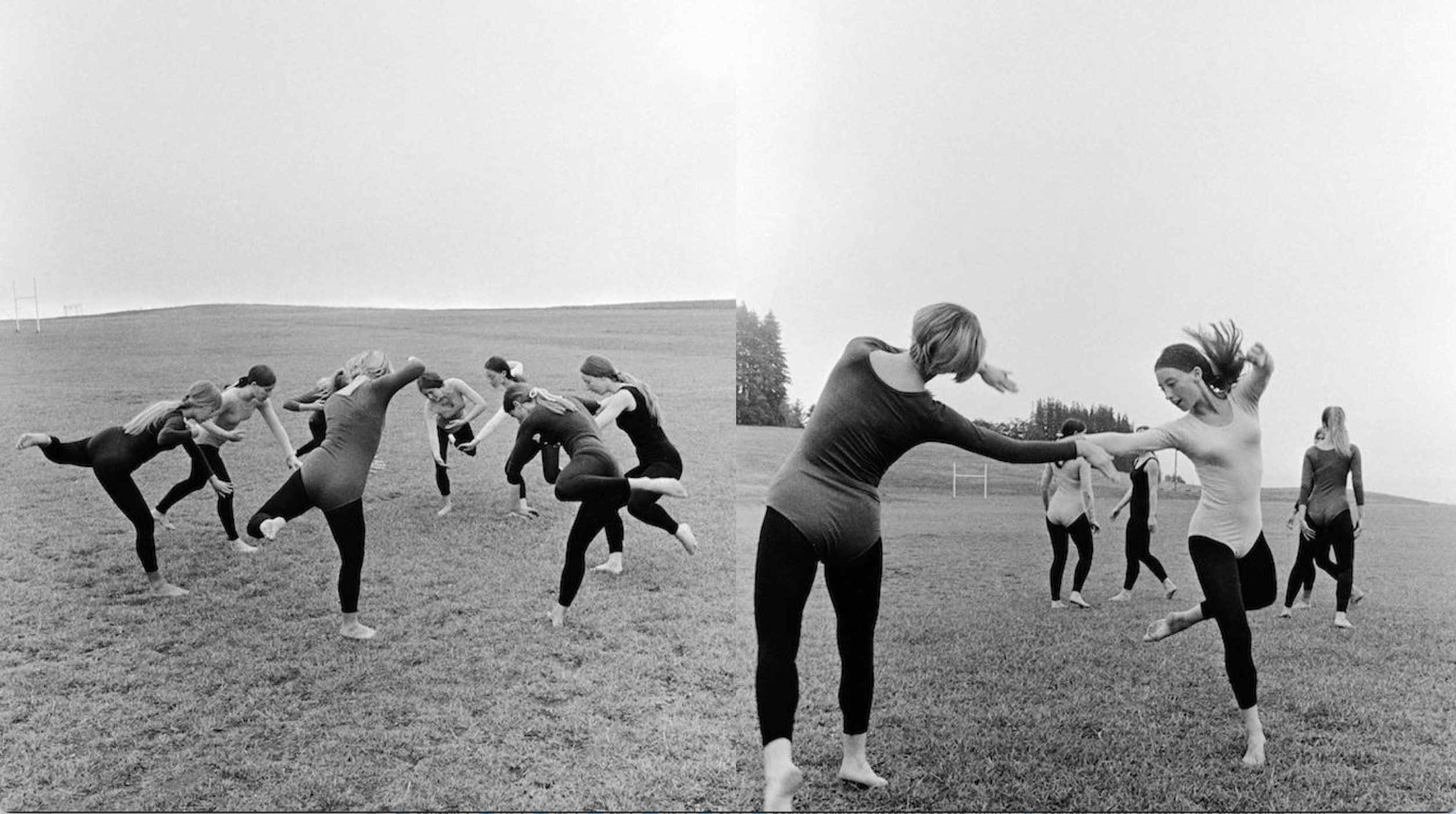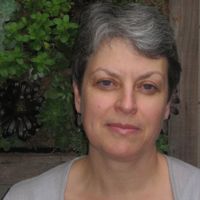Pavel Machotka Chairs
akua naru

Longing to Tell
The Longing To Tell Lab is a year-long, production-based workshop. The workshop will guide Porter College students through Black feminist frameworks through the exploration of cross-genre works: poetry, rap, storytelling, plays, conversations, songs, etc. Students will explore Tricia Rose’s book, Longing To Tell, and study and learn the play, Longing To Tell, written by Professor akua naru. We will combine Black feminist literary study, play analysis, and hands-on theater production, with students learning acting, stagecraft, and performance skills. The workshop will conclude with Porter College students performing “Longing to Tell” the stage play for the UC Santa Cruz and broader Santa Cruz community in Spring 2027.Irene Lusztig

Archives in Place: The Radical University Across Time

This interdisciplinary course will combine archival research methods and creative practice—the area where much of my own work as a documentary filmmaker takes shape— to create a collaborative research space with students where, together, we will explore our own distinctive institutional history through a deep dive into UCSC’s special collections library holdings. Through sharing and discussing our research findings– including historic photographs of UCSC student activities, films, syllabi, student publications, flyers, pamphlets, oral histories / audio recordings and more–and through screenings, readings, and conversation, we will develop a series of creative projects in dialogue with our research process. Alongside our creative research, we will engage in timely discussions about education itself: What were the founding principles of UC Santa Cruz—a tuition-free university created with an opening class of 700 students, designed to foster an intimate and personal relationship to undergraduate learning, and forged around heady experimental pedagogical ideas (including no grades)? And what does this experiment in education look like almost 60 years later? UC Santa Cruz now educates nearly 20,000 undergraduates at a time, costs thousands of tuition dollars per year, and has moved away from many of its most radical ideas.
What is left, if anything, of the utopian origin story of this experiment in education?
Who was that vision of education for?
Who is education for now?
What should a good education look like?
In this post-COVID moment of widespread precarity, when educational structures and habits have been thrown into deep instability, the questions that we will explore together have new resonance and urgency. In preparation for this class, I have also been conducting research of my own into UCSC’s University archives, and I hope to develop a new short film project alongside and in dialogue with the class.
Kathy Foley
Shakespeare in Asia
Had it not been for Shakespeare
There would be many scholars of English
Without their PhD…
Publishers that could not make money with his complete works…
The shingeki world which has produced few original plays
Would be at a loss.
Shakespeare is a rice chest, a source of income.
As long as he exists, we will never starve.
(Shakespeare in the 12th Year of the Tempo Era, Inoe Hisashi, 1974)
This proposal will allow research and development of a course on Shakespeare in Asian performance and film. While the wider area, including North East Asia (beginning with Japanese Meji era productions) and India (beginning with colonial uses of Shakespeare in the British Empire's Civil Service exams), will be referenced in lectures, the research focus will be on Southeast Asian Shakespeares, which have been less documented in English. Travel throughout Southeast Asia will be taken in 2016-17 interviewing, seeing productions, attending Asian Shakespeare conferences, and commissioning translations. Research will allow development of the course reader, audio-visual materials, and scene selections that students can explore through performing. The course will allow students to understand aspects of colonial and postcolonial history of a region little represented in American Shakespeare curriculums. They will be able to think critically about causes of the current Shakespeare boom. Is Shakespeare a colonial imposition that won't go away, a globalized commodity to pack the houses, or a potency to be appropriated and infused with local meanings?
Bob Giges
The Pedagogy of Long Form Improvisation
After 15 years performing in the long form group Freefall Improvisational Theater and a decade of teaching short form improv at UCSC, I will now have the opportunity to unify my creative work with the investigation of pedagogical models, thanks to the Machotka Chair. More specifically, the program will allow me to deepen my understanding of long form improvisation with the goal of developing a new framework for its instruction. I will be able to bring esteemed teachers/performers Tim Orr, Lisa Rowland, Regina Saisi, and Kathryn Zdan (Improv Playhouse of San Francisco) to perform at UCSC and to train student improvisers through a series of workshops. The class I will teach in 2017-18—Long Form Improvisation — will develop participants’ knowledge and skill through practical and theoretical readings, by viewing live performances, and by engaging in the practice of long form improvisation.
Kim Lau
Race, the Fairy Tale, and The Arabian Nights
My project on race, the fairy tale, and The Arabian Nights is part of a larger book project, Specters of the Marvelous: Race and the Formation of the Fairy Tale, which is the first critical investigation of how race contributed to the development of the European fairy tale. The Arabian Nights is critical to an understanding of race and the fairy tale because the collection’s tales regularly surface, in often unacknowledged and racialized ways, in the canonical western European anthologies of the early modern and modern periods. Focusing onThe Arabian Nights in its historical and contemporary contexts, my course for the Pavel Machotka Chair in Creative Studies—“The Arabian Nights and Its Western Afterlives”—asks students to consider the processes and politics of transmission, translation, and adaptation surrounding The Arabian Nights in the western cultural imagination. This course begins with close study of the Nights and then moves on to an examination of some of its many western literary, visual, theatrical, and filmic adaptations. As such, it provides Porter students with an opportunity to study both the specific “politics” of The Arabian Nights (e.g., its storied role in everything from orientalist fantasies to European imperial projects) and the broader politics of storytelling and adaptation across diverse forms and media. Because the course invites students to respond in both critical and creative ways to The Arabian Nights and its adaptations, students can explore some of the ideas that we will be discussing through their own artistic and creative practice. After the completion of the course, I hope to collaborate with students from the class to host an event of their choosing—for instance, an art show, a talk or mini-conference, a film series, etc.—so they can share their work and ideas with the larger Porter and campus communities.
Patty Gallagher
Shakespeare's Clown Characters: Power and Politics, Poetry and Play
A
performanced based class exploring Shakespeare’s clown, jesters and fools (the characters as well as the performers who originated them). Some of the things we'll look atare: the relationship between text and improvisation in Elizabethan and contemporary performance practices; the comic traditions from which Shakespeare borrowed; and how Shakespeare continues to influence contemporary comedy. Most importantly, we'll look at the clown's powerful and precarious role associopolitical critic: how the clown presses back against power by laughing at it. At the end of the quarter, the students will perform in a show based on our investigations.

Shelley Stamp
Women & the Silent Screen in America: An Interactive History
Porter College undergraduates and graduate student Associate Fellows will help research, design and build an interactive website chronicling women’s engagement with American movie culture during its first decades. The project expands upon a book I am currently co-authoring on the subject. Our research demonstrates that female moviegoers, fans, extras, stars, directors, screenwriters, critics, journalists, activists, reformers, and educators defined the landscape of American movie culture in its first three decades. During the first year of the project I will work with a graduate student Associate Fellow to complete archival research, focusing on visual assets for the web project. In the second year undergraduates enrolled in a Porter class will work with materials gathered by the Graduate Student Researcher, adding additional materials from their own research and designing an interactive virtual platform in which to display them. Students in the class will learn about women’s engagement with early movie culture, conduct their own historical research, while collaborating on the visualization and design of that research for a public audience. During the third and final year, I will work with a second graduate student Associate Fellow trained in web design to complete and launch the website. This inter-disciplinary, inter-generational collaboration will enable us to translate our scholarly research for a wider public, particularly those interested in the arts, California history, and women’s contributions to society.
Gary Young
The Embodied text
Students will experience the pressure of physical forms upon their original texts as they are manifested—embodied—in various structures and typographic flowerings. The apprehension of a word, a line, or a poem set in type has a profound impact upon the person setting and holding that line of type. When a word becomes physically embodied, as it does when it has been set and printed by hand, the printer (who ideally is also the poet) is drawn into the physicality of language and of words. This is concretized imagination, and it is a powerful force. It is no secret that the design of a book—the typeface employed and it’s size, the shape and dimension of a book, colors or their absence, typographic ornaments or illustration—can alter the apprehension, and even the meaning of a literary work. In “The Embodied Text” students will write texts to fit different typographic forms, from single-sheet broadsides, to concertinas, folios and full books. These structures will determine the students’ modes of composition. Students will then produce these structures with their literary content. Students who create typographic artifacts utilizing handset type and hand binding structures enter into an especially intimate and powerful relationship with their texts, one in which their utterances become corporeal—embodied.
